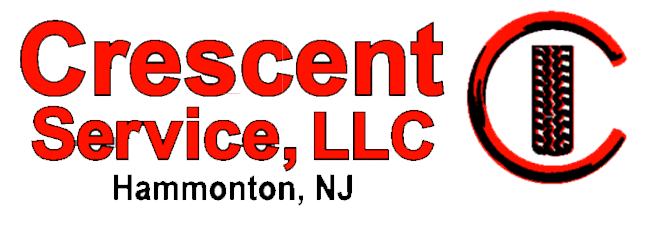REQUEST SERVICE
SHOP HOURS
- Mon - Fri
- -
- Sat - Sun
- Closed
Crescent Tire & Service is honored to serve the community of Hammonton, NJ with vehicle repair and services. We work hard to be the best auto shop in Hammonton, NJ and our professionals always strive to provide our customers honest, efficient, and friendly service. We also carry top brands that will suit your needs. Please contact us if you need automotive or car repair services.
© 2025
All Rights Reserved • Privacy Policy & Terms of Use • Powered By

